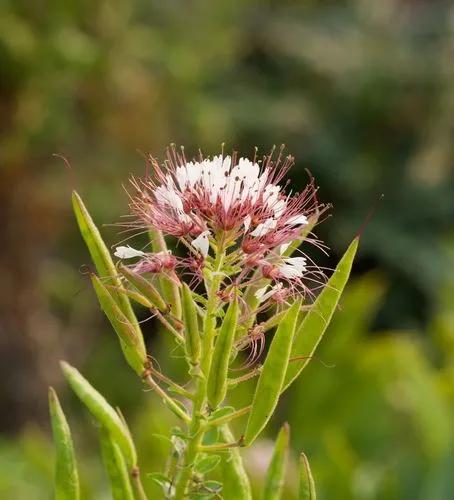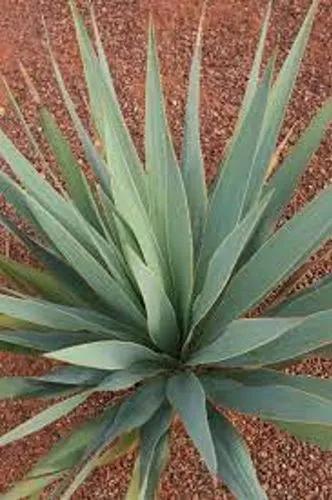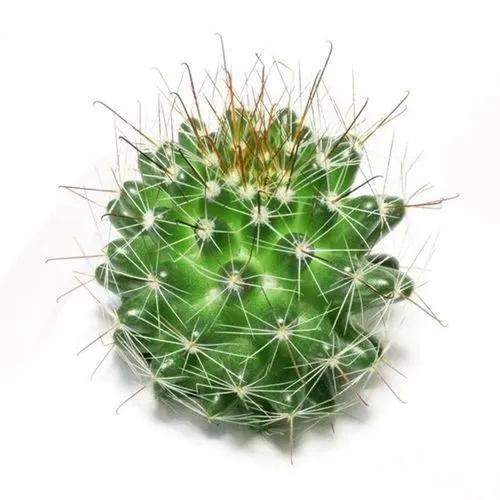Starting from December, the windows of flower shops attract attention with colorful leaves in bright red, green, white, and two-tone palettes, as Euphorbia pulcherrima blooms on Christmas Eve and New Year. However, one must remember that Poinsettia requires special care at home and that the milk juice it secretes is poisonous.
Poinsettia Care
Euphorbia pulcherrima



Euphorbia pulcherrima, also called Poinsettia, is a perennial plant native to tropical Mexico and Central America. This plant is an evergreen shrub, and in the wild, it has a height of several meters, but when grown at home, the bush height reaches only 1.5 ft (0.5 m).
How to Care for the Plant

Water

In summer, you should water the plant’s bushes abundantly and systematically, and in winter, the soil should be slightly moist. Shrubs should be systematically moistened with a sprayer with warm water during flowering.

Pruning

Prune Poinsettia twice a year. In the first days of April, during the dormant period, shorten the bush to 6 in (15 cm) from the level of the substrate, as well as after transplanting, when the young shoots begin to grow.

Fertilizer

Feed this plant twice a month in spring, summer, and autumn with mineral fertilizers. During flowering, shrubs will need fertilizer containing large amounts of potassium.

Sunlight

Euphorbia pulcherrima needs bright but diffused light (windows of eastern or western orientation).

Soil

It is possible to buy a ready soil mixture for deciduous plants in the garden center or to prepare it independently: two parts of the leaf earth, one part of peat, three parts of turf, and one part of sand.

Propagation

Prepare cuttings 3-4 in (7-10 cm) long in the first weeks of summer. Before planting, immerse the cuttings in warm water for a few minutes and then treat them with a solution that stimulates root growth.

Temperature

The temperature during active growth and development should be from 65 to 77 °F (18 to 25 °С), during flowering - from 57 to 77 °F (from 14 to 16°С), and at rest - from 54 to 57 °F (from 12 to 14 °С).

Container

Choosing the pot, make sure that it is 2-2, 5 times smaller than the plant itself, and its diameter is as many times larger than the root ball.

Fun fact

Poinsettia was named after the first American Minister of Mexico, Joel Roberts Poinsett; he was fond of botany and admired the beauty of Poinsettia.

Popularity

4,115 people already have this plant 888 people have added this plant to their wishlists
Discover more plants with the list below
Related articles






